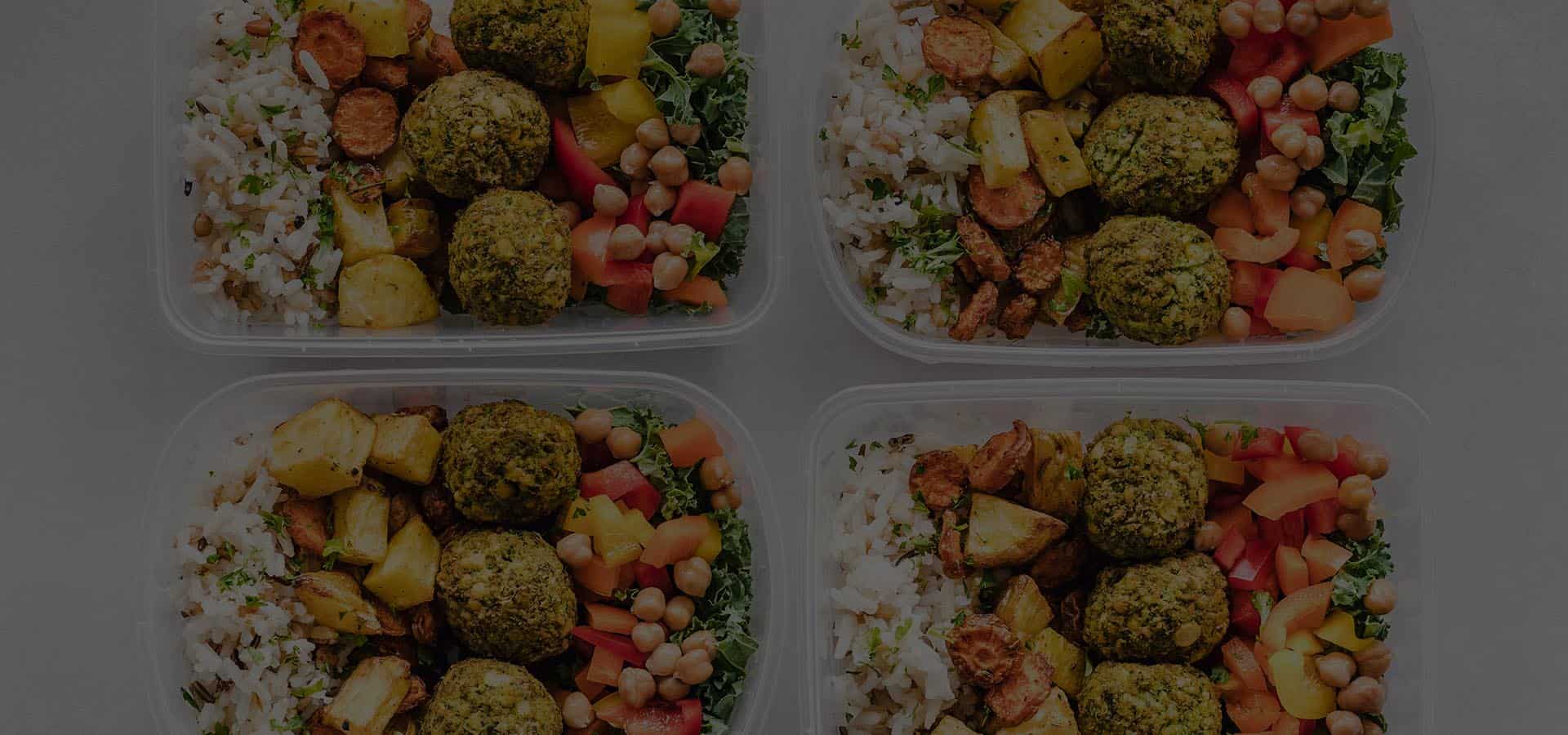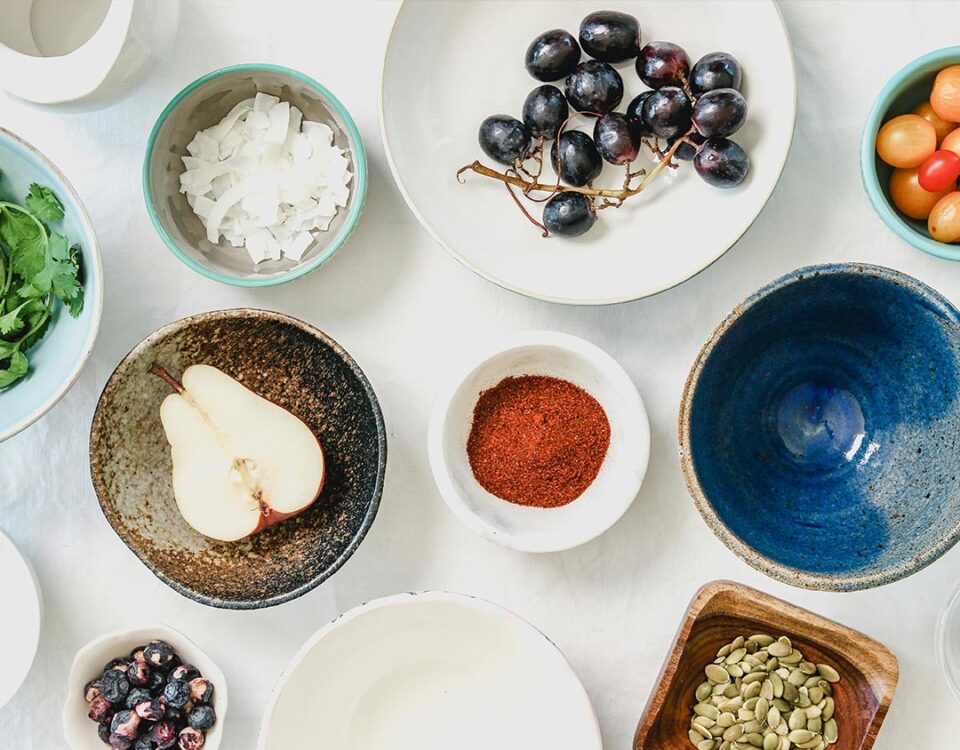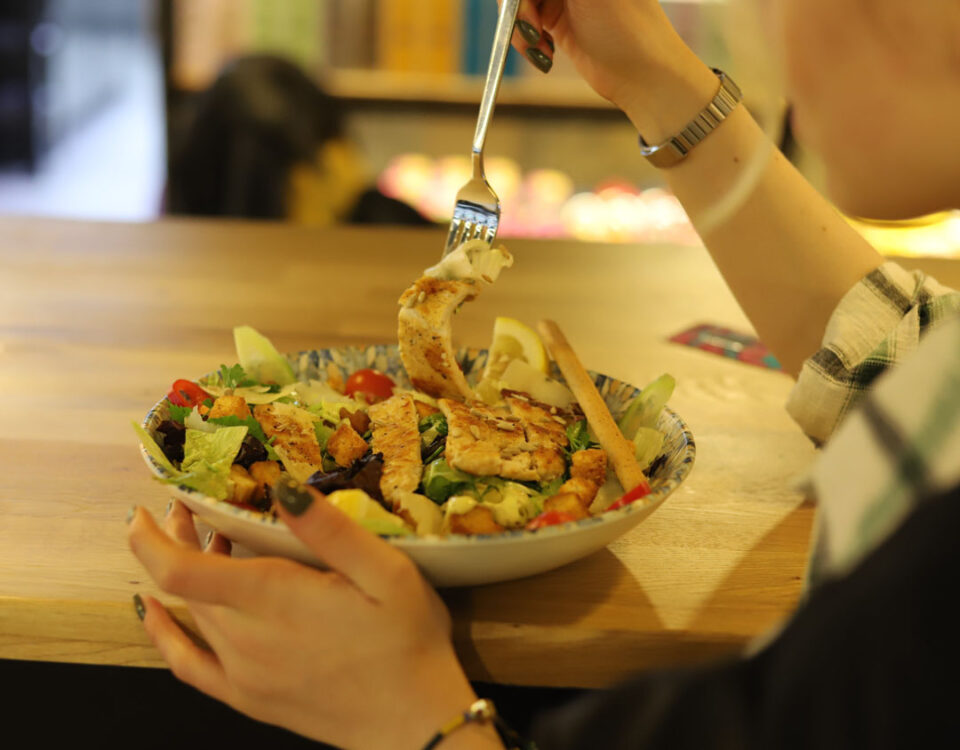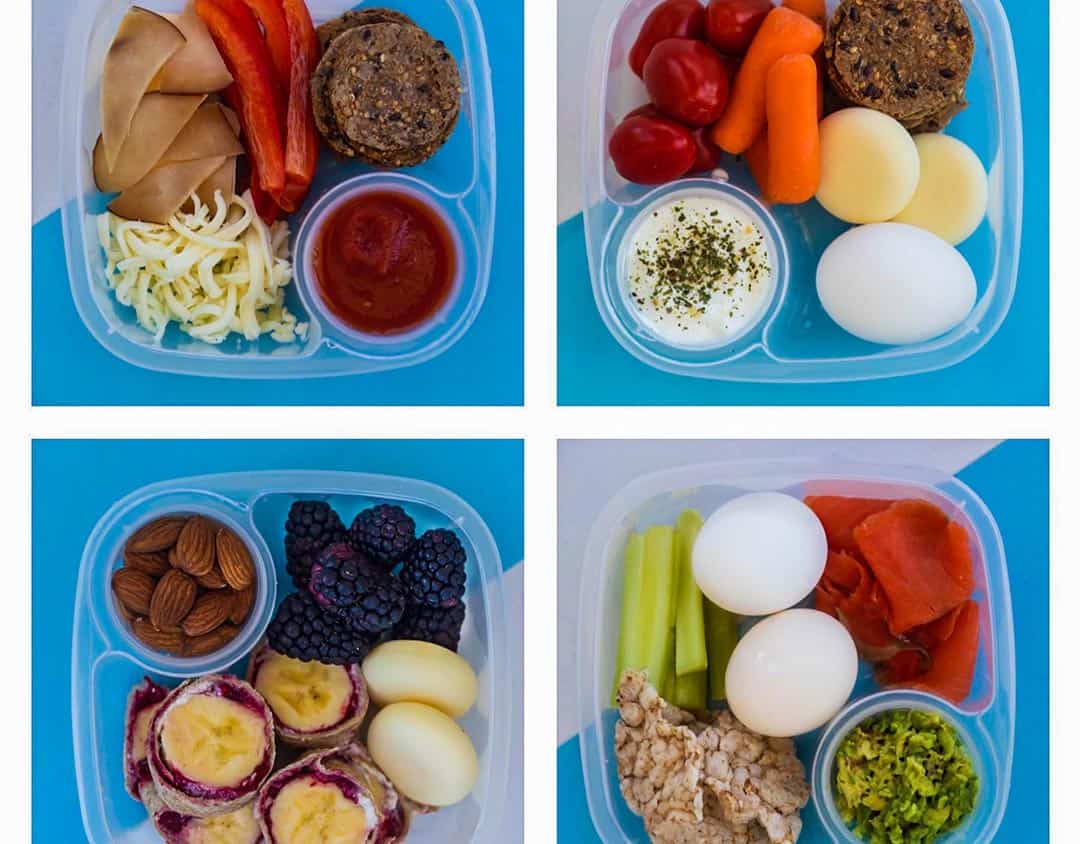
Healthy Lunch Box Ideas
July 27, 2020
The Difference Between Mindful and Intuitive Eating
October 13, 2020Meal planning is all about simplicity, flexibility and fun, and it’s easier than you may think.
I f you’re finding that you spend too much time thinking about what to eat or feel overwhelmed at the thought of coming up something new to make/have three times a day, every day, then meal planning might just be what you’re missing. Meal planning may seem tedious but can actually save you a lot of time in the long run.
Unfortunately, diet culture often has us associating meal plans with restriction, portion control, measurements and rigidity. When we separate meal planning from rules and restrictions, they can become a useful and flexible tool to help keep you organized and reduce stress amongst your busy schedule. Waking up with a general idea of what you’ll be having throughout the day AND with the ingredients needed to make those meals/snacks can bring a huge sense of relief.
So, let’s walk through some easy steps to get started with meal planning. Hopefully these tips will allow you to feel more confident and excited at the idea of meal planning.

1. Build a go-to meal list with your family.
The toughest part about meal planning is coming up with meal ideas. We often get trapped cooking the same meals over and over again, and eventually become bored of eating foods from home. Creating a go-to meal list in advance can simplify the meal planning process.
I recommend taking 20 minutes on your own or with your family to brainstorm all the meals that you and your family have cooked, tried and enjoyed in the past, or would like to try making in the future (e.g. from your favourite cookbook or recipe website). Start by creating a list with four categories: breakfast, back-up lunches (lunches you can make when there are no dinner leftovers), quick dinners (less than 30 minutes to make), and batch cooked meals. You can also add a fifth category of your favourite dine-in or take-out places so we can incorporate those into your routine too.
Once you’ve jotted down all the meals that you can think of, go through each of them and check to see if they’re balanced by incorporating a protein-rich food, starches, and vegetables/fruit. For example, if I have macaroni and cheese listed for a quick dinner, I might change that to a tuna broccoli macaroni casserole to incorporate more protein and vegetables into the dish. Or perhaps I have avocado toast listed under breakfasts, I could consider adding eggs or pumpkin seeds/hemp hearts to incorporate more protein.
Have this list posted on your fridge, written on a whiteboard in your kitchen, or available on your phone/computer for easy access, this way you can pull it out whenever you want to plan out your meals for the week. It doesn’t have to be a master chef’s cookbook collection. Everything just needs to be kept simple and enjoyable. Every few months, consider updating the list and adding new meal ideas you’ve come across, or delete any meals that didn’t go well/you aren’t enjoying.
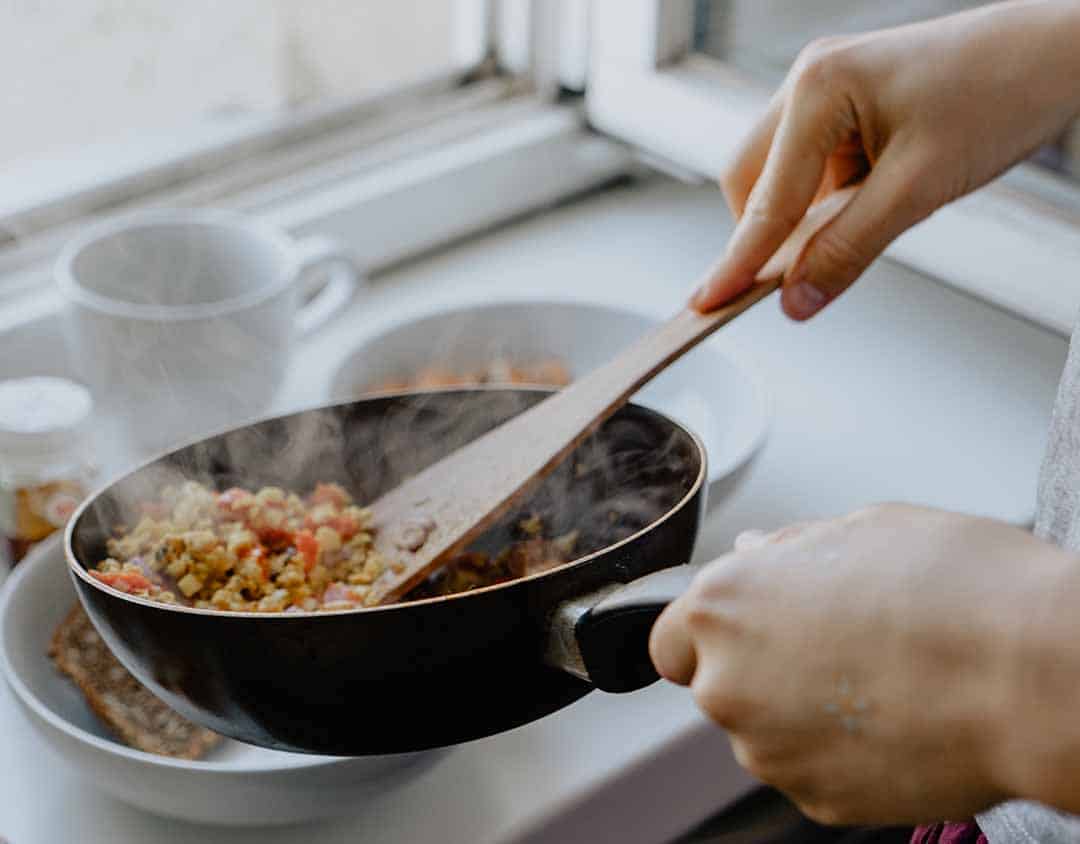
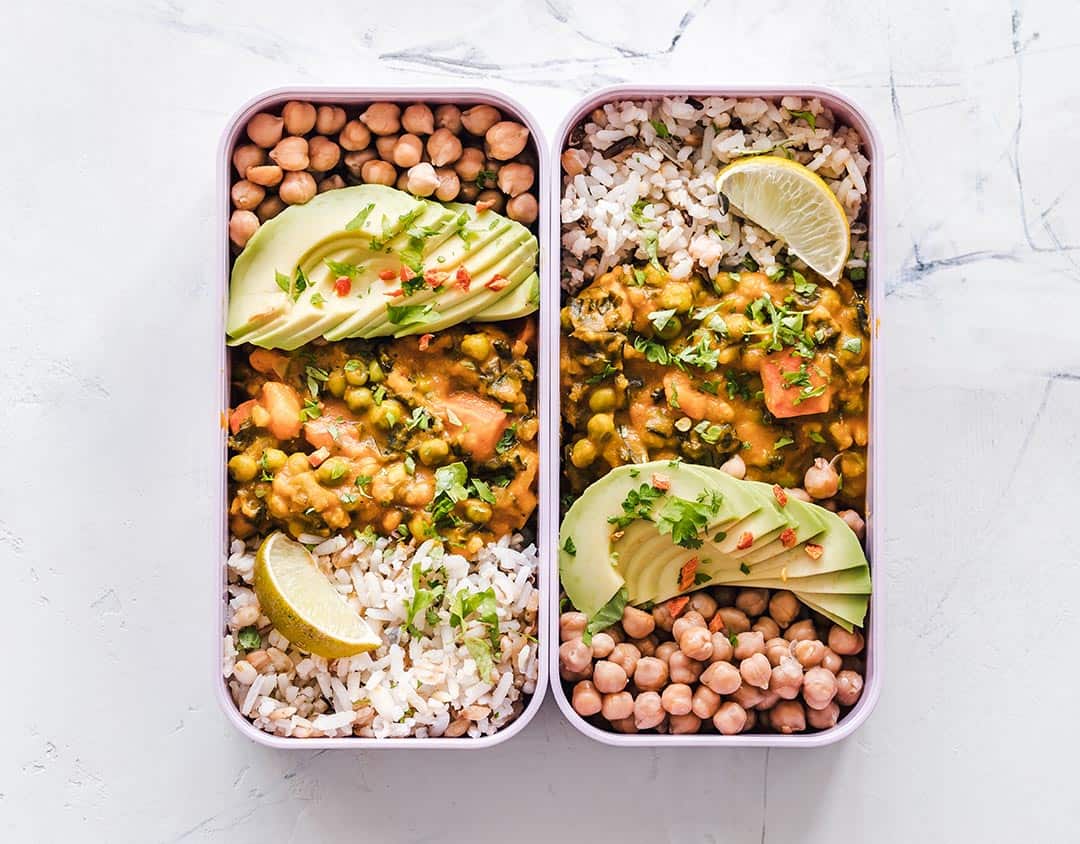
2. Start by planning out only one meal per day for the week.
Some of you may find that planning out every single meal (breakfast, lunch, and dinner) ahead of time can be too time consuming and/or overwhelming. I would suggest starting with the one meal you think needs the most improvement when it comes to organization/preparation.
For example, breakfasts are easy to start with. You may not have much time in the morning to prepare for and eat breakfast. Using your go-to meal list for breakfast ideas, plan out one week’s worth of breakfasts and add those ingredients to your grocery list. You can also start with lunch or dinner depending on your specific needs. Once you feel like one meal is becoming more doable and part of your routine, you can then consider also planning other meals of the day for that week.
I personally only plan for dinner meals and I try to ensure that we cook extra portions to pack the leftovers as my next day’s lunch, saving me time and money. You can either do this by making 1-2 dinner meals per week a batch-cooked meal (e.g. making chili for dinner on Sunday or a pasta casserole on Wednesday), or cooking extra portions of your quick dinner meals (e.g. making extra taco meat on Tuesday). If you don’t have enough leftovers for a standalone meal, you can also repurpose your leftovers into another meal. For example, you can add your cooked vegetables to a frittata, use leftover taco meat to make a taco salad or burrito, or add boiled eggs on your salad.
3. Incorporate social events, take-out food and leftovers into your meal plan.
Sometimes we put too much pressure on ourselves to have home-cooked, colourful, family-style meals each and every night, and in reality that’s just not always possible. Sometimes we just don’t have the time or energy no matter how much we plan ahead. Dining out is also a fun, social experience, so we want to incorporate these things into our weekly plan. When starting your plan for the week, start by filling in any social events or meals that are already planned out (e.g. BBQ at a friend’s house or family Sunday brunch). If going out to eat or ordering take out is something you enjoy and realistic for you, consider also building them into your plan. For example, you can plan for a Friday date night at your favourite restaurant, or Wednesday pizza night if you and your family get home late from activities that day.
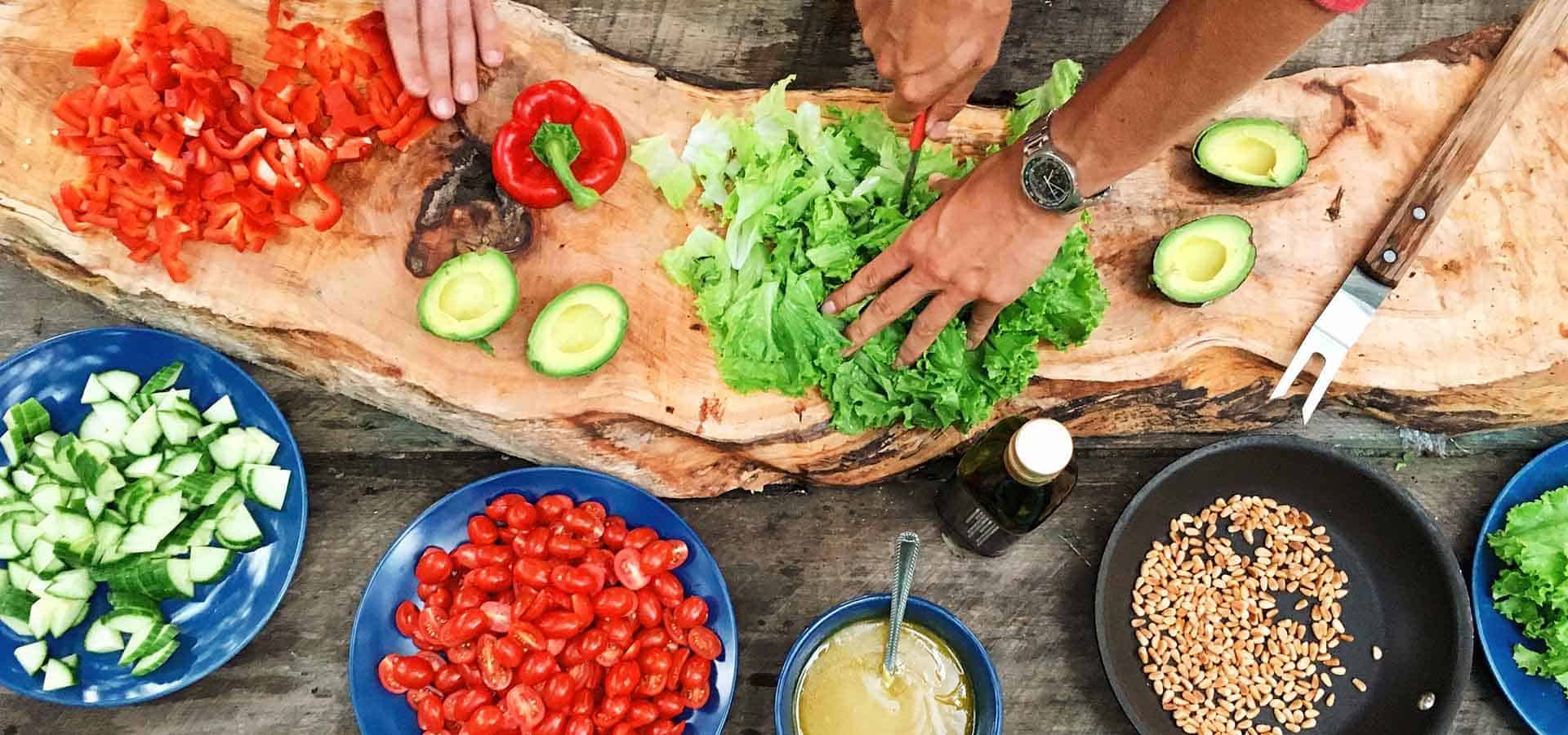
4. Sticking to a strict meal plan is not necessary.
Your food preferences and schedule can change day to day, so sticking to a specific, set-in-stone plan is unnecessary. Some people also really enjoy taking the time to choose a recipe and make a meal on the fly, without a plan. A strict, inflexible meal plan would take those fun moments away.
Don’t worry about being too specific about what you plan to eat every meal, consider more as a general guideline that can also change on the fly. The specifics can vary, for example, you can put a different type of fruit on your yogurt or use a different protein in your pasta sauce. The purpose of planning meals ahead is to reduce the stress of deciding what to make and provide some organization to your grocery shopping.
If you think meal planning would be beneficial in your life, try it out for a week or two and see how you like it. Consider the following steps:
- Create your go-to meal list
- Cross out any meals that week where you will be eating out (e.g. social events or planned dining-out experiences)
- Check your calendar to identify which nights you will have more time to cook (e.g. batch cooked meal), less time to cook (quick dinner meal), or no time to cook (e.g. leftovers or take-out)
- Fill in your dinner meals for the week using your go-to meal list, based on your schedule
- Fill in your lunch leftovers from dinner, or a back-up lunch if you have no leftovers available (e.g. sandwich, wrap, or snack box)
- Fill in your breakfast meals for the week
- Create your grocery list based on what you have and what you’re missing
Written by Liz Powell, RD and Joy Tang

